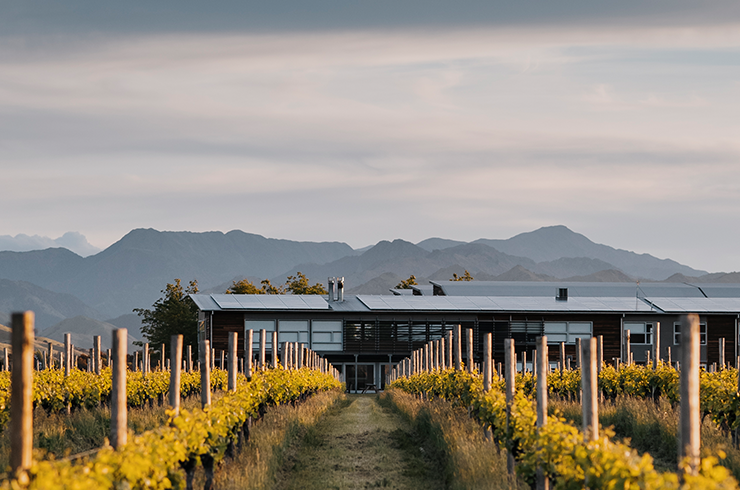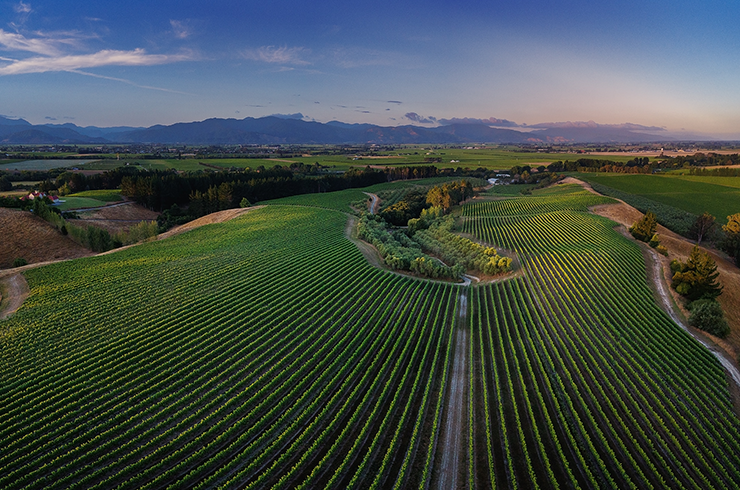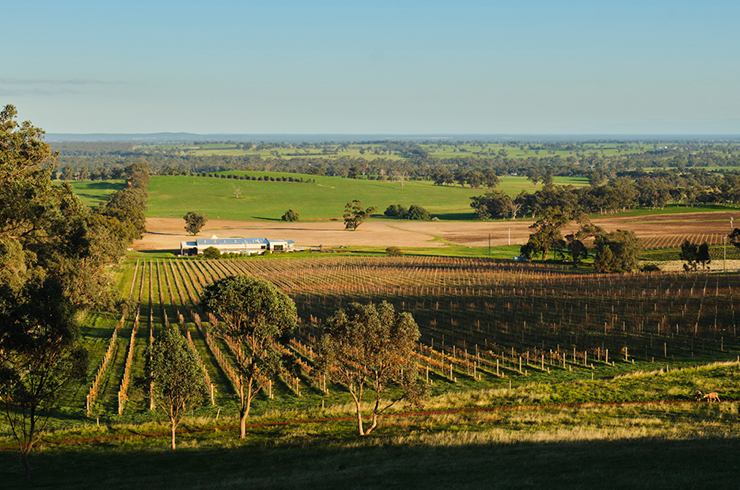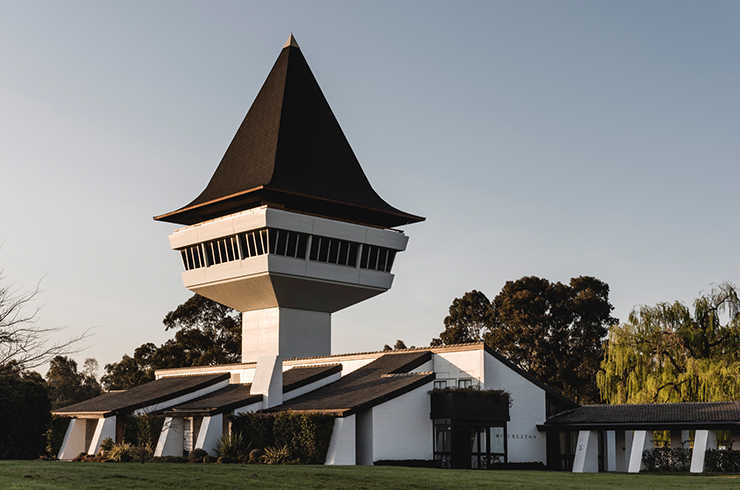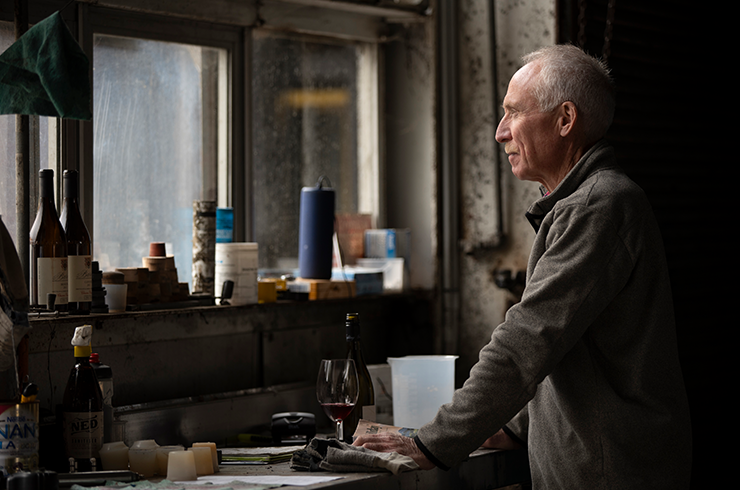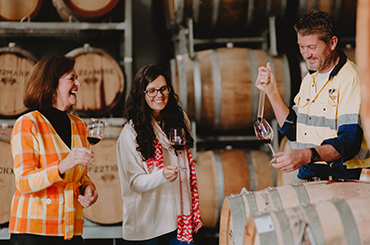Twenty-five years ago, a young, Italian-born winemaker planted prosecco in the King Valley. Otto Dal Zotto was inspired to recreate the taste of his childhood growing up among the vines in the grape’s heartland, Valdobbiadene, in Italy’s Veneto region. His choice of grape went on to become a multi-million-dollar Australian-wine phenomenon.
Prosecco is now grown around the country, but the King Valley remains its spiritual base (with some 8000 tonnes crushed in 2022, valued at $9 million). And while prosecco is King Valley's flagship variety, it tells only a part of the region's story.
The Italian connection runs strong in the King Valley. The essential fabric of the Valley lies in its multi-generations of Italian-Australian wine growers and makers. It drives the food, the wine, the culture of the close-knit community and, increasingly, the choice of grape varieties planted.
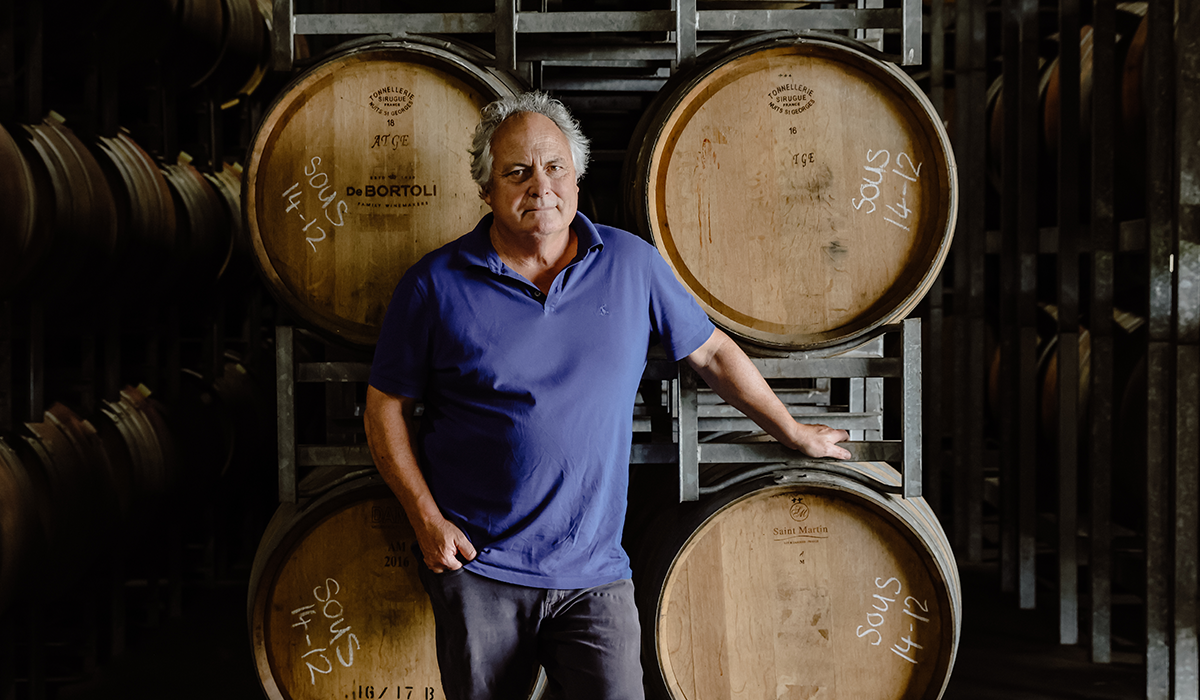
“The demand and interest in the King Valley is exceptional at the moment,” says Steve Webber, chief winemaker at De Bortoli. De Bortoli bought land in the region in 1995 and now oversees 180ha of vineyards.
The winemaker is a huge fan of the region’s Italian white grape varieties – pinot grigio, fiano and pinot bianco. “And I am sure the region would be great for malvasia, pecorino and carricante,” he adds.
A pioneering force in the Valley, Fred Pizzini at Pizzini would also put in a good word for verduzzo. “I think it’s a great variety,” he says as he pours a glass of his 2004 Verduzzo which has been released as a special museum wine. “It ages beautifully.” It’s hard not to agree.

When it comes to red grape varieties, the Italian grape that rules the Valley is sangiovese (825t crushed in ’22). However, more producers are looking to nebbiolo as a serious contender at the premium level. Nebbiolo is slowly gaining ground, but location is super important for the grape which originally hails from Piedmont.
“Drawing on the success of prosecco, varieties that work well in those cooler mountain regions of Europe have found a nice home in the King Valley,” notes Jeremy Schmölzer of Vignerons Schmölzer & Brown.
Last year, Dal Zotto bought one of the region’s highest, coolest and, undeniably, most scenic vineyards at Whitlands from retiring grape grower, Jim Baxendale. “I went up to have a look,” says Michael Dal Zotto, “and, oh man!"
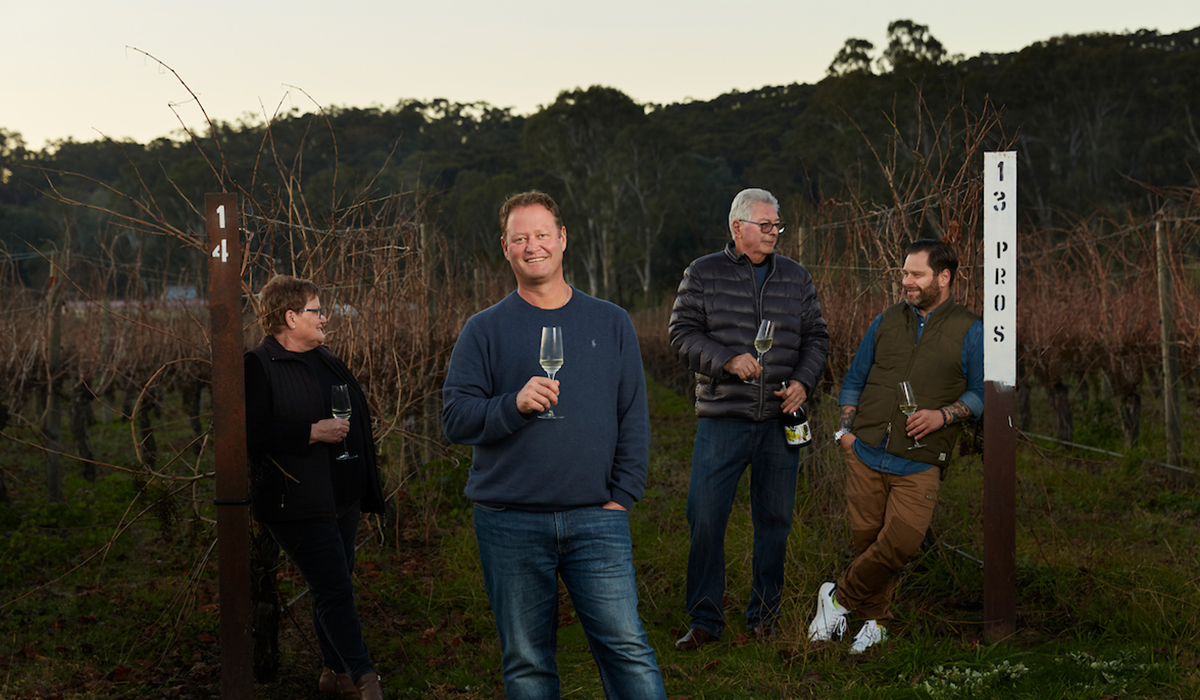
“We were looking for a vineyard off the valley floor to bring added complexity to some of our wines. I am excited to see what it does with nebbiolo.”
At 700 metres, the vineyard is principally planted to pinot noir and chardonnay with the odd parcel of sauvignon blanc and cabernet sauvignon. The cabernet is destined to be grafted and replaced with nebbiolo, sangiovese and barbera.
Michael and his brother, Christian Dal Zotto, are keen to further the work by their father, Otto, by promoting the King Valley as not only a place for well-priced wines but also premium and super premium wines.
Italian tobacco growers moved into winegrowing in the 1970s, becoming a source of grapes for outside producers led by Brown Brothers. Many growers turned to producing their own wines in the 1980s.

“They [early wine growers] wanted to demonstrate that we can make extra special wine out of this region,” says Michael Dal Zotto. "And that’s what we want to do.”
“I would love nothing more than to make a nebbiolo that people taste and say, ‘Oh my god!’”
Jeremy Schmölzer regards Whitlands as a “fantastic strength” of the Valley not only for the fruit produced at a high altitude, but the effect the high plateau has on the vineyards around Whitfield with shade and cool air drainage from the adjacent hills providing excellent diurnal temperature variation.
“We’re always surprised how slow the ripening is in these lower yet sheltered sites,” he adds. Schmölzer & Brown source some scintillating riesling, pinot gris and pinot noir from Whitlands. There is general agreement that the more elevated Myrrhee valley and the Whitlands plateau produce the best sparklings.

Mark Walpole of Fighting Gully Road and the 2024 Halliday Wine Companion Viticulturist of the Year, who originally explored the potential of the King Valley for Brown Brothers, feels that the river flats are good for white grape varieties, notably prosecco and pinot grigio, while the slopes are where the best reds are to be produced.
Winemaker, Joel Pizzini at Pizzini is hoping to drill down further into the soils of his family’s vineyards which include a new purchase at Rose River with its mudstone, iron basalt soils.
After working with renowned Italian winemaker and consultant Alberto Antonini to develop their Italian varieties, Joel was moved to partner with Chilean wine terroir expert, Pedro Parra, to profile the soils using electromagnetic technology. Isolating small individual pockets of soil types can mean a big difference in water management, picking times and even the nature of tannins in finished wines.
Each release of the Pizzini Coronamento Nebbiolo reveals an increasing mastery of the grape. Joel Pizzini brings that mix of power, floral beauty, immediate drinkability and ageing potential to his nebbiolo wines, an impressive, compelling combination of tastes.
“When I got into winemaking, the mentality was just get the grapes into the winery and we’ll fix it,” he says. “My experience had been in vineyards, and if you get it right there, you don’t have to fix anything.”


